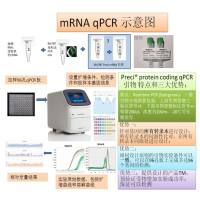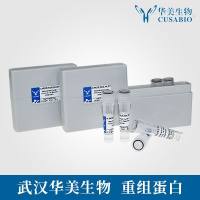Using the SELEX Combinatorial Chemistry Process to Find High Affinity Nucleic Acid Ligands to Target Molecules
互联网
| 1. |
The synthesis of a template containing a variable region flanked by 5′ and 3′ fixed regions that enable amplification by PCR,
|
| 2. |
Conversion of the template to an amplified library of candidate ligands,
|
| 3. |
A binding reaction in which a fraction of the candidate ligands are bound by the target molecule;
|
| 4. |
Separation of target molecule/ligand complexes from unbound candidate ligands;
|
| 5. |
Purification of the nucleic acid ligands from the separated complexes; and
|
| 6. |
Replication of the nucleic acid ligand population.
|


![DKFZ-PSMA-11,4,6,12,19-Tetraazadocosane-1,3,7-tricarboxylic acid, 22-[3-[[[2-[[[5-(2-carboxyethyl)-2-hydroxyphenyl]methyl](carboxymethyl)amin](https://img1.dxycdn.com/p/s14/2025/1009/171/0405943971658126791.jpg!wh200)






